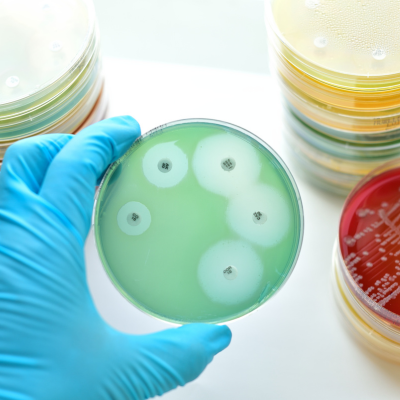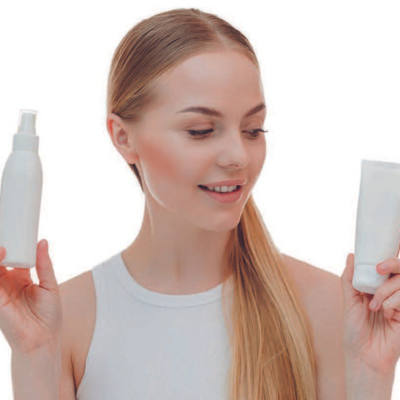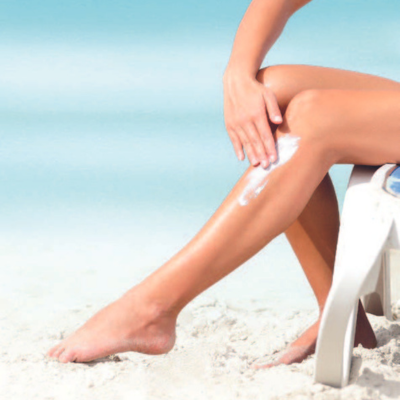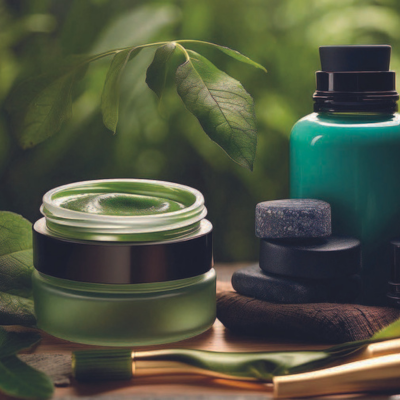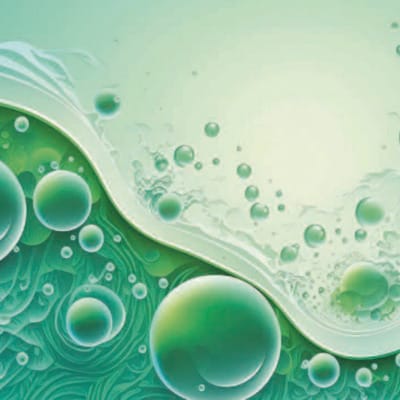Preservatives play a vital part in almost all cosmetic formulations. Their efficacy is needed in products with high water content as microorganisms present in our environment or on human skin can enter and multiply in products as a result of their production and use.
The development of cosmetic regulations is evolving at a constant pace, but in two distinct directions: the ingredients under discussion and the toxicological aspects are subject to exponentially increasing studies, while international regulatory frameworks are gradually converging towards the establishment of a “model”, which initially introduced concepts first by the EU, adopted in various forms by an increasing number of countries, the latest of which (though with some significant differences!) are the United States, with the MoCRA Act coming into effect on December 29, 2023.
Shampoos and conditioners are essential part of routine for the hair care. We developed a general hair routine that includes shampoo and conditioner that have a preliminar performance in two types of hair: treated and natural. We evaluated 8 formulations in laboratory test, and we define two routines, to validate with the both users with natural and treated hair in a home test use. We found the routine 1 with a promissory performance and useful bases of formulation to start new projects in hair care.
Perfume’s journey from sacred offering to commercial commodity is a fascinating tale spanning centuries and cultures. The story begins in...
Abstract Despite international guidelines recommending reapplying sunscreen every two hours, most consumers rarely apply sunscreen daily or fail to reapply...
Lately, skin care consumers have been developing increasing expectations when it comes to their skin care, especially facial care. In the post-pandemic world, the so-called skinification of beauty is on the rise. It means that beauty is not achieved by putting on makeup, but by actually improving the health of our largest and most visible organ, the skin. Improving the state of the skin at the cellular/molecular level – whether that means reducing wrinkles, fighting oxidative stress and skin aging, or promoting healthy cell turnover – is achieved by active ingredients that really do their job.
Consumers are increasingly expecting the beauty and personal care products that they purchase to be environmentally responsible.
The popularity and extent of sustainable ingredients into the formulator toolbox continues unabated. Many chemists and the brands they support are probing away from use of ethoxylated (ETO) surfactants and additives given the current climate and the stigma assigned to these PEGylated compounds.
The Rise of Nutricosmetics: Beyond Skin-Deep Beauty During the recent years, a holistic approach recognizes that true beauty emanates from...
A versatile, sustainable but controversial substance Cannabidiol (CBD) has rapidly become a focal point of consumer and regulatory interest. The...
The quest for even skin tone by consumers has let brands to create lightening products in every category and the famous tikitoker Cara Brook does the exact opposite and says darken the light areas #demimethod. Either way the quest for even skin tone and embracing diversity is shifting the conversation on hyperpigmentation.
In recent years, awareness of the importance of maintaining skin health has greatly increased. Several studies and publications have shed light on the damaging influence of external stress factors which has led to rising consumer interest in cosmetic actives with multifunctional stress-protection and anti-aging benefits, like Glycoin® natural (INCI: Glyceryl Glucoside, Aqua (Water)).


